-
 Bitcoin
Bitcoin $118300
-1.72% -
 Ethereum
Ethereum $3591
-0.69% -
 XRP
XRP $3.478
-3.53% -
 Tether USDt
Tether USDt $1.001
-0.01% -
 BNB
BNB $737.7
-0.54% -
 Solana
Solana $177.3
-2.40% -
 USDC
USDC $0.9999
-0.01% -
 Dogecoin
Dogecoin $0.2538
7.04% -
 TRON
TRON $0.3256
-0.85% -
 Cardano
Cardano $0.8332
-3.48% -
 Hyperliquid
Hyperliquid $44.80
-3.30% -
 Stellar
Stellar $0.4672
-6.09% -
 Sui
Sui $3.828
-5.98% -
 Chainlink
Chainlink $18.15
-3.41% -
 Hedera
Hedera $0.2655
-7.16% -
 Bitcoin Cash
Bitcoin Cash $517.5
-0.64% -
 Avalanche
Avalanche $23.89
-2.37% -
 Shiba Inu
Shiba Inu $0.00001519
-0.45% -
 UNUS SED LEO
UNUS SED LEO $8.973
0.13% -
 Toncoin
Toncoin $3.211
-2.54% -
 Litecoin
Litecoin $103.5
-3.58% -
 Polkadot
Polkadot $4.313
-3.90% -
 Uniswap
Uniswap $10.31
0.67% -
 Monero
Monero $325.4
-2.88% -
 Bitget Token
Bitget Token $5.049
3.51% -
 Ethena USDe
Ethena USDe $1.002
0.04% -
 Pepe
Pepe $0.00001346
-2.96% -
 Dai
Dai $0.9999
-0.02% -
 Aave
Aave $322.1
-2.93% -
 Bittensor
Bittensor $411.9
-4.70%
What is a crypto rug pull and how to spot one?
A crypto rug pull occurs when DeFi project creators suddenly abandon a token, draining liquidity and leaving investors with worthless assets.
Jul 19, 2025 at 07:42 pm
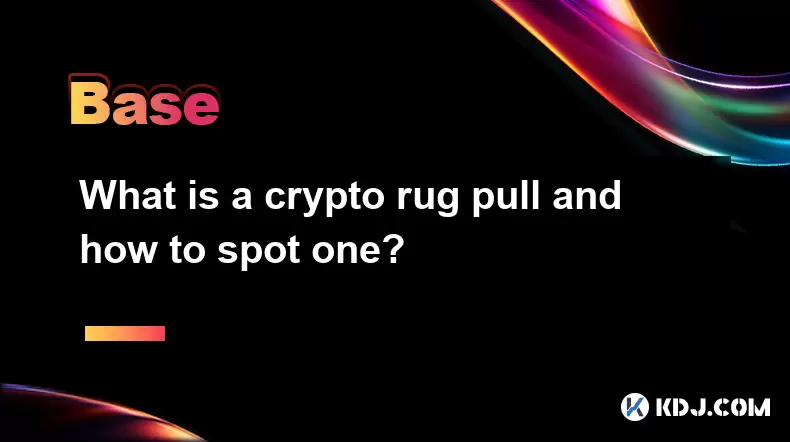
Understanding the Concept of a Crypto Rug Pull
A crypto rug pull refers to a type of scam in the decentralized finance (DeFi) space where developers of a project suddenly abandon it and take the liquidity or funds raised from investors. This often occurs in decentralized exchanges (DEXs) where tokens are paired with popular cryptocurrencies like Ethereum or Binance Coin. The term "rug pull" is derived from the phrase "pulling the rug out from under someone," which aptly describes the sudden and unexpected loss of funds experienced by investors.
These scams typically involve newly launched tokens that gain rapid traction due to aggressive marketing, influencer endorsements, or promises of high returns. Once a significant amount of liquidity has been accumulated, the creators remove the liquidity from the pool or sell their own holdings en masse, causing the token’s value to plummet to zero.
Common Characteristics of a Rug Pull Project
Several red flags can help identify a potential rug pull before it occurs. One of the most telling signs is anonymous or unverifiable team members. If the developers behind a project are not publicly known or lack a credible track record in the blockchain space, it raises concerns about their intentions.
Another red flag is the presence of unusually high yields or returns promised to investors. While high returns are attractive, they are often too good to be true in the DeFi space. Projects that promise APYs (Annual Percentage Yields) of several hundred or even thousands of percent are highly suspicious.
- Liquidity pool manipulation is another common tactic used in rug pulls. Scammers may lock liquidity for a short period and then suddenly unlock and drain it. Checking the liquidity pool lock status on platforms like Dune Analytics or BscScan can reveal if the liquidity is truly locked or not.
How to Analyze Smart Contracts for Rug Pull Risks
One of the most effective ways to spot a rug pull is by reviewing the smart contract of the token or liquidity pool. Tools like BscScan or Etherscan allow users to inspect the code and verify if there are any malicious functions embedded.
A key function to look for is the renounce ownership feature. If the contract owner retains the ability to change token parameters or mint new tokens, it poses a risk. A legitimate project usually renounces ownership after launch, making it impossible for the team to alter the contract.
- Check for minting functions — if the contract includes a function that allows the creation of new tokens at will, it could lead to inflationary rug pulls, where the team dumps newly minted tokens on the market.
- Verify liquidity lock status — using tools like LockLiquidity or DxLock, you can confirm whether the liquidity is locked permanently or temporarily.
Tokenomics and Liquidity Pool Transparency
Understanding the tokenomics of a project is crucial in identifying rug pull risks. Projects with unfair token distribution, such as a large percentage of tokens held by a single wallet or the team, are more likely to be rug pulls.
In many cases, rug pull projects have unusual token allocations where the team holds a majority of the supply. This allows them to dump their tokens on the market once the price rises, causing a crash.
- Check the liquidity pool distribution — if a single wallet controls a large portion of the liquidity pool tokens, it indicates a potential exit scam.
- Monitor unusual transactions — using blockchain explorers, you can track large transfers or sudden withdrawals from the liquidity pool.
Community and Social Media Signals
While technical analysis is essential, behavioral and community signals also play a role in identifying rug pull risks. A sudden spike in social media activity followed by silence can be a warning sign. Legitimate projects maintain consistent communication with their community.
Scammers often use Telegram pumps, fake airdrops, or bot-driven hype to attract investors. Be cautious of projects that rely heavily on paid promotions, fake influencers, or spammy marketing tactics.
- Review the project’s whitepaper and roadmap — vague or overly ambitious plans without a clear development timeline are red flags.
- Engage with the community — active and transparent discussions in forums like Reddit or Discord can help gauge the legitimacy of a project.
Frequently Asked Questions
Q: Can rug pulls happen on centralized exchanges?
A: While rug pulls are more common on decentralized exchanges, they can also occur on centralized platforms if the project is fraudulent or lacks proper due diligence. However, centralized exchanges usually have KYC (Know Your Customer) and listing fees, which reduce the likelihood of rug pulls.
Q: Are all anonymous projects rug pulls?
A: No, not all anonymous projects are rug pulls. Some legitimate projects choose to remain anonymous for privacy reasons. However, anonymity increases the risk, and investors should conduct thorough due diligence before investing.
Q: Is it possible to recover funds after a rug pull?
A: In most cases, it is extremely difficult to recover funds after a rug pull since the transactions are irreversible and the perpetrators are often untraceable. Law enforcement agencies and blockchain analytics firms may assist in rare cases, but success is not guaranteed.
Q: How can I report a rug pull?
A: You can report rug pulls to platforms like CoinGecko or CoinMarketCap to get the token removed. Additionally, reporting to cybercrime authorities or blockchain analytics services can help track the flow of funds and prevent further scams.
Disclaimer:info@kdj.com
The information provided is not trading advice. kdj.com does not assume any responsibility for any investments made based on the information provided in this article. Cryptocurrencies are highly volatile and it is highly recommended that you invest with caution after thorough research!
If you believe that the content used on this website infringes your copyright, please contact us immediately (info@kdj.com) and we will delete it promptly.
- XRP Mining for Passive Wealth: Is It the 2025 Crypto Gold Rush?
- 2025-07-19 22:50:12
- Aptos Price Analysis: Bullish Momentum Building?
- 2025-07-19 23:30:12
- Bitcoin, XRP, XYZVerse: Crypto's Highs, Community Dreams, and Meme Coin Mania
- 2025-07-19 23:30:12
- India's Wealthy Embrace Crypto: A New Era of Digital Investment
- 2025-07-19 22:30:12
- XRPL's TVL Surge: DeXRP's Ambitious DEX and SUI's Rise
- 2025-07-19 22:50:12
- ARB Price Rally: Breaking Free from the Descending Channel
- 2025-07-19 23:50:12
Related knowledge

What is the Inter-Blockchain Communication Protocol (IBC)?
Jul 19,2025 at 10:43am
Understanding the Inter-Blockchain Communication Protocol (IBC)The Inter-Blockchain Communication Protocol (IBC) is a cross-chain communication protoc...

What is the "crypto trilemma" of scalability, security, and decentralization?
Jul 19,2025 at 06:28pm
Understanding the Concept of the Crypto TrilemmaThe crypto trilemma refers to the challenge of simultaneously achieving scalability, security, and dec...
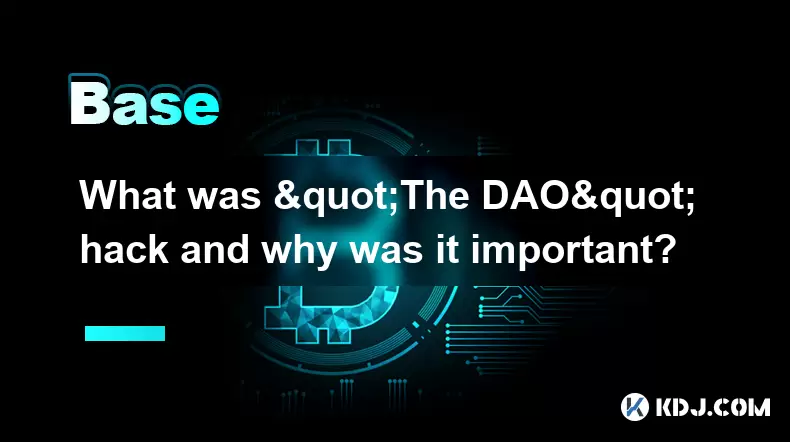
What was "The DAO" hack and why was it important?
Jul 19,2025 at 09:08pm
Background of 'The DAO''The DAO' (Decentralized Autonomous Organization) was a venture capital fund built on the Ethereum blockchain, launched in Apri...
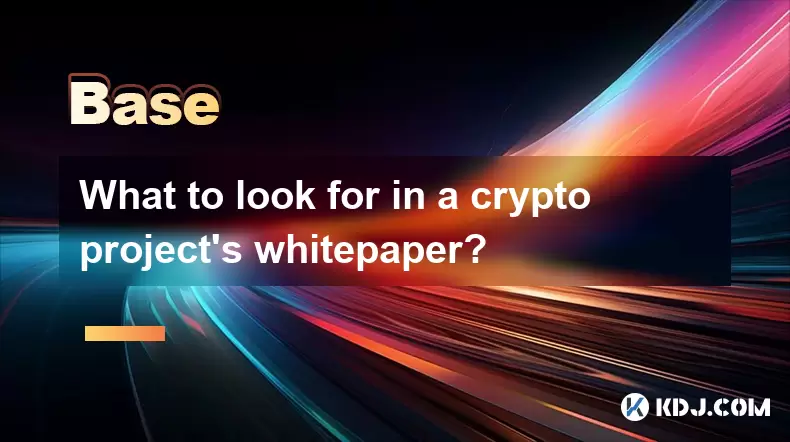
What to look for in a crypto project's whitepaper?
Jul 19,2025 at 01:42pm
Understanding the Purpose of a WhitepaperA whitepaper is a foundational document for any cryptocurrency project, often serving as the first point of c...
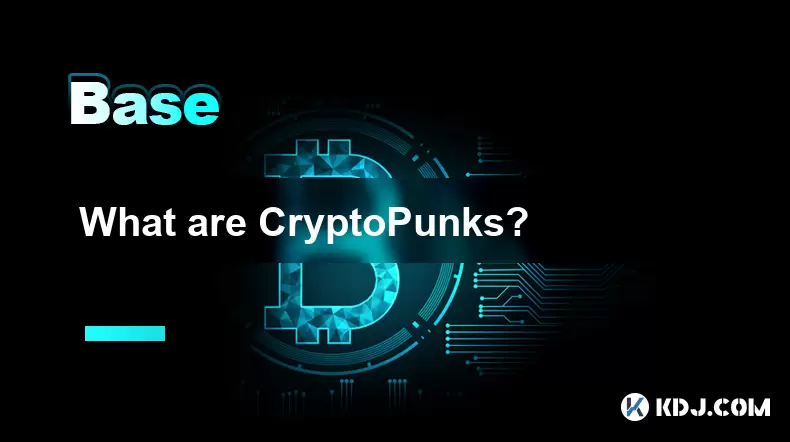
What are CryptoPunks?
Jul 19,2025 at 08:28am
Understanding the Basics of Bitcoin MiningBitcoin mining is the process through which new Bitcoin is introduced into circulation and transactions are ...
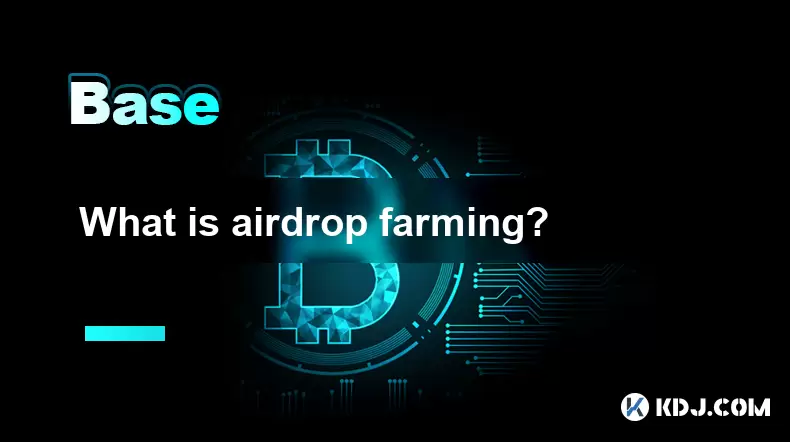
What is airdrop farming?
Jul 19,2025 at 03:56am
What Is Airdrop Farming?Airdrop farming is a term that refers to the process of accumulating tokens or coins through participating in airdrops and yie...

What is the Inter-Blockchain Communication Protocol (IBC)?
Jul 19,2025 at 10:43am
Understanding the Inter-Blockchain Communication Protocol (IBC)The Inter-Blockchain Communication Protocol (IBC) is a cross-chain communication protoc...

What is the "crypto trilemma" of scalability, security, and decentralization?
Jul 19,2025 at 06:28pm
Understanding the Concept of the Crypto TrilemmaThe crypto trilemma refers to the challenge of simultaneously achieving scalability, security, and dec...

What was "The DAO" hack and why was it important?
Jul 19,2025 at 09:08pm
Background of 'The DAO''The DAO' (Decentralized Autonomous Organization) was a venture capital fund built on the Ethereum blockchain, launched in Apri...

What to look for in a crypto project's whitepaper?
Jul 19,2025 at 01:42pm
Understanding the Purpose of a WhitepaperA whitepaper is a foundational document for any cryptocurrency project, often serving as the first point of c...

What are CryptoPunks?
Jul 19,2025 at 08:28am
Understanding the Basics of Bitcoin MiningBitcoin mining is the process through which new Bitcoin is introduced into circulation and transactions are ...

What is airdrop farming?
Jul 19,2025 at 03:56am
What Is Airdrop Farming?Airdrop farming is a term that refers to the process of accumulating tokens or coins through participating in airdrops and yie...
See all articles

























































































